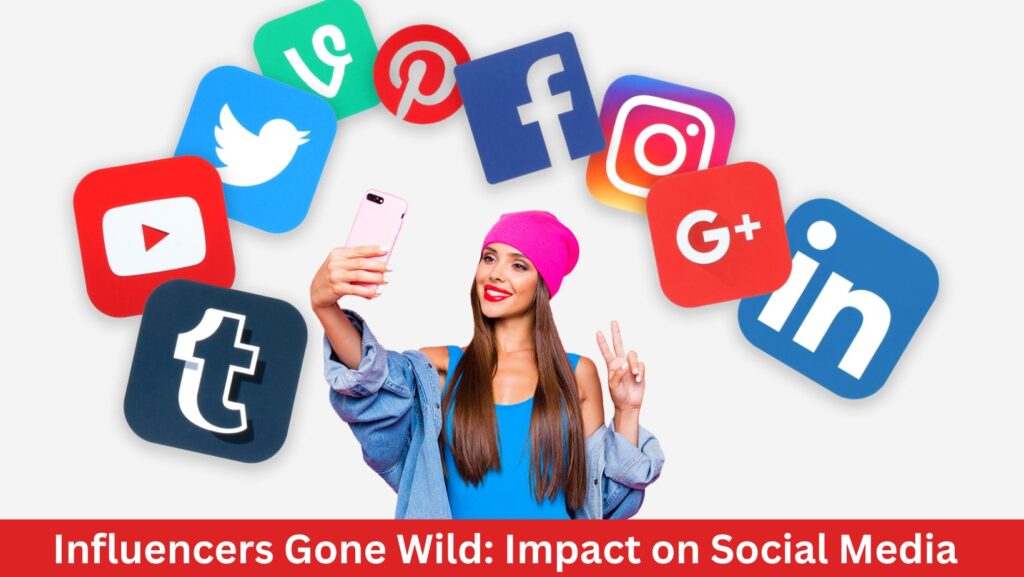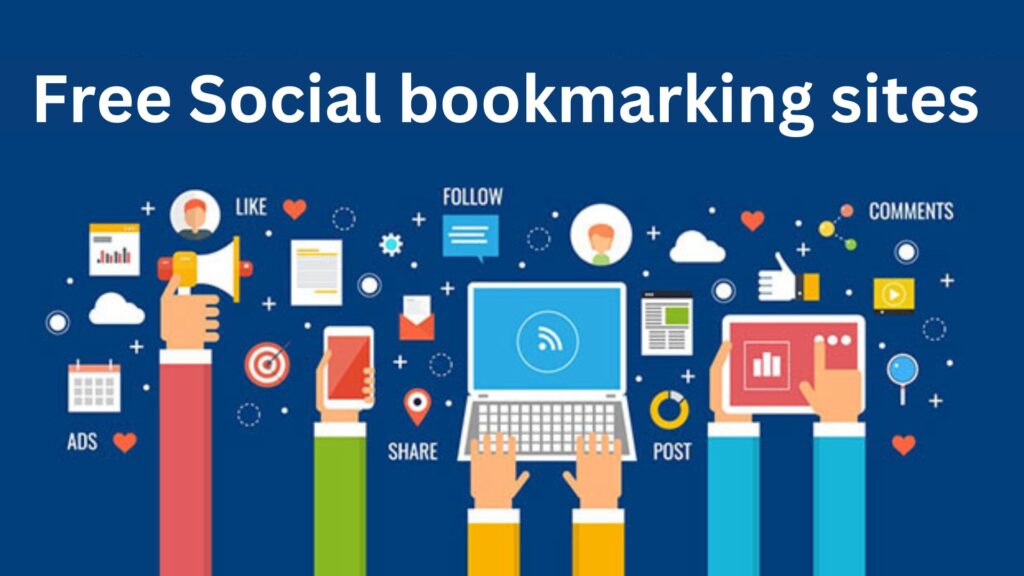In the digital age, social media influencers have become pivotal in shaping public opinion, driving trends, and influencing purchasing decisions. However, the growing phenomenon of influencers engaging in outrageous or controversial behavior, often referred to as influencers gone wild, has raised concerns and debates within the digital community. This article delves deep into this phenomenon, exploring its causes, implications, and the broader impact on social media culture.
The Rise of Influencer Culture
The advent of social media platforms such as Instagram, TikTok, and YouTube has given birth to a new breed of celebrities—social media influencers. These individuals amass large followings by sharing content that resonates with their audience, whether it’s through fashion, beauty, travel, or lifestyle. The allure of instant fame and lucrative brand partnerships has made influencer culture a significant force in modern marketing.

Why Influencers Go Wild
Several factors contribute to influencers engaging in extreme or controversial behavior:
- Attention Economy: In a saturated digital landscape, capturing and retaining attention is paramount. Outlandish behavior can generate viral content, attracting millions of views and increasing follower counts.
- Monetary Incentives: Brands often reward influencers with substantial paychecks for high engagement rates. Controversial content can boost engagement, leading to more profitable collaborations.
- Pressure to Stay Relevant: The fear of becoming irrelevant drives some influencers to push boundaries continually. This constant need to innovate can sometimes lead to questionable decisions.
Case Studies of Influencers Gone Wild
Jake Paul: The YouTube Maverick
Jake Paul, a prominent YouTuber, has built a career on his wild antics and controversial behavior. From dangerous stunts to public disturbances, Paul has consistently pushed the envelope to maintain his relevance. While this strategy has kept him in the spotlight, it has also led to numerous legal issues and public backlash.
Tana Mongeau: The Controversial Queen
Tana Mongeau is another influencer known for her provocative content and tumultuous personal life. Her infamous TanaCon event, which promised a fan experience rivaling VidCon but ended in disaster, is a prime example of how influencers’ desire for fame and fortune can lead to poorly executed ventures and dissatisfied audiences.
The Impact on Followers and Brands
Influencers’ Responsibility
Influencers wield significant power over their followers, many of whom are young and impressionable. The behavior of influencers can have far-reaching effects, from setting unhealthy beauty standards to encouraging risky behaviors. Therefore, influencers bear a responsibility to consider the impact of their actions on their audience.
Brand Associations
Brands that collaborate with influencers must carefully consider the potential risks. Associating with a controversial figure can damage a brand’s reputation, leading to consumer boycotts and negative publicity. Conversely, choosing influencers who align with the brand’s values can enhance authenticity and consumer trust.
The Role of Social Media Platforms
Social media platforms play a crucial role in moderating content and ensuring a safe online environment. However, the balance between allowing freedom of expression and curbing harmful behavior is delicate. Platforms like Instagram and YouTube have implemented policies to address this issue, but the effectiveness of these measures is often debated.
The Future of Influencer Marketing
The phenomenon of influencers gone wild raises questions about the future of influencer marketing. As audiences become more discerning, there may be a shift towards authenticity and transparency. Influencers who can genuinely connect with their audience without resorting to extreme measures are likely to thrive in the long term.
Strategies for Brands
For brands navigating the influencer landscape, several strategies can mitigate risks:
- Due Diligence: Conduct thorough background checks on potential influencer partners to ensure their values align with the brand.
- Clear Guidelines: Establish clear guidelines for influencer collaborations to prevent content that could harm the brand’s reputation.
- Engagement Over Fame: Focus on influencers with high engagement rates rather than those with the most followers. Authentic engagement often indicates a more loyal and trustworthy audience.
- Crisis Management Plans: Prepare for potential fallout from controversial content by having a crisis management plan in place.
Conclusion
The phenomenon of influencers gone wild is a testament to the power and pitfalls of social media fame. While outrageous behavior can attract attention and drive short-term success, it often comes at the cost of long-term reputation and trust. For influencers, brands, and social media platforms alike, navigating this landscape requires a careful balance of innovation, responsibility, and authenticity.
Also Read More:
Technewztop: Latest Tech News, Social News, Android Tips & Tricks
Share To Help
